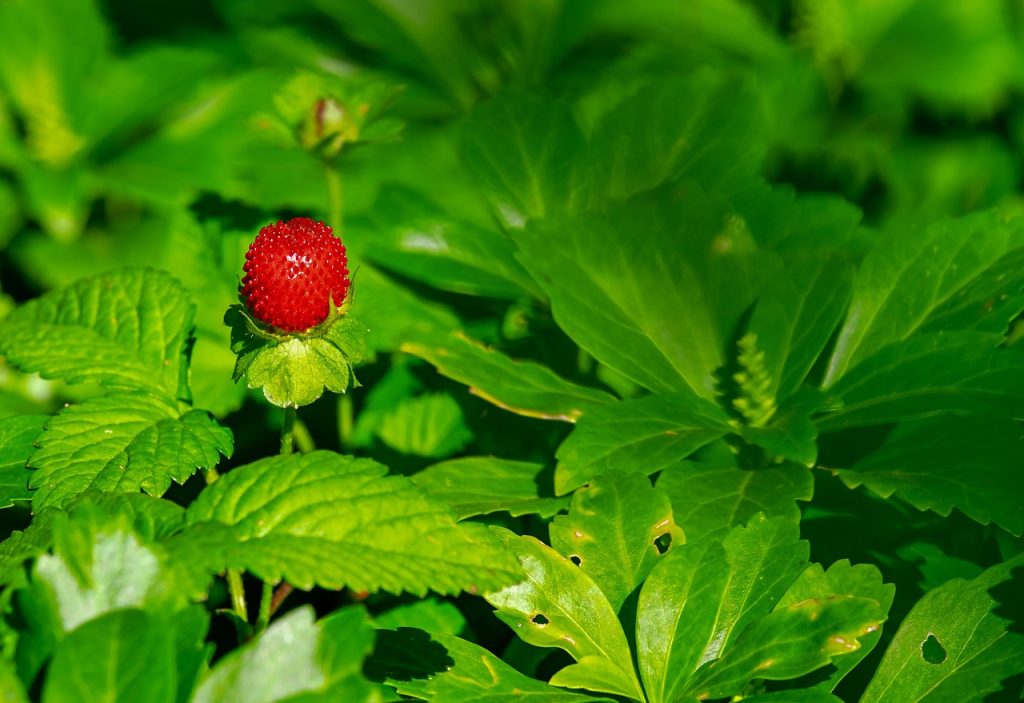In an unexpected twist in the produce aisle, shoppers at renowned UK supermarkets like Tesco, Sainsbury’s, and M&S have been advised to approach their strawberry selections with caution as reported by Google Trends. The spotlight is on unusually large strawberries, affectionately dubbed ‘monster’ strawberries, which have emerged as the result of atypical growing conditions. This phenomenon has sparked both curiosity and concern among consumers, who are intrigued yet wary of the potential implications of this dramatic size variation.
The emergence of these giant strawberries invites us to consider the broader impact of climate and agricultural practices on our food supply. While the sheer size of these fruits might suggest a delightful abundance, it raises questions about the environmental factors contributing to such anomalies. Are these strawberries a fleeting marvel, or do they signal a shift in how traditional crops could evolve under changing conditions? This situation underscores the delicate balance between nature’s unpredictability and human cultivation efforts.
Beyond the immediate consumer caution, the ‘monster’ strawberries’ appearance in mainstream supermarkets challenges our perceptions of food uniformity and quality. As we navigate these evolving culinary landscapes, the question lingers: how will these extraordinary occurrences influence future agricultural practices and consumer expectations? As we marvel at the scope of what nature can produce, we must also ponder the deeper implications for our food systems. Could these giant strawberries be a glimpse into a future where the extraordinary becomes the new ordinary?


